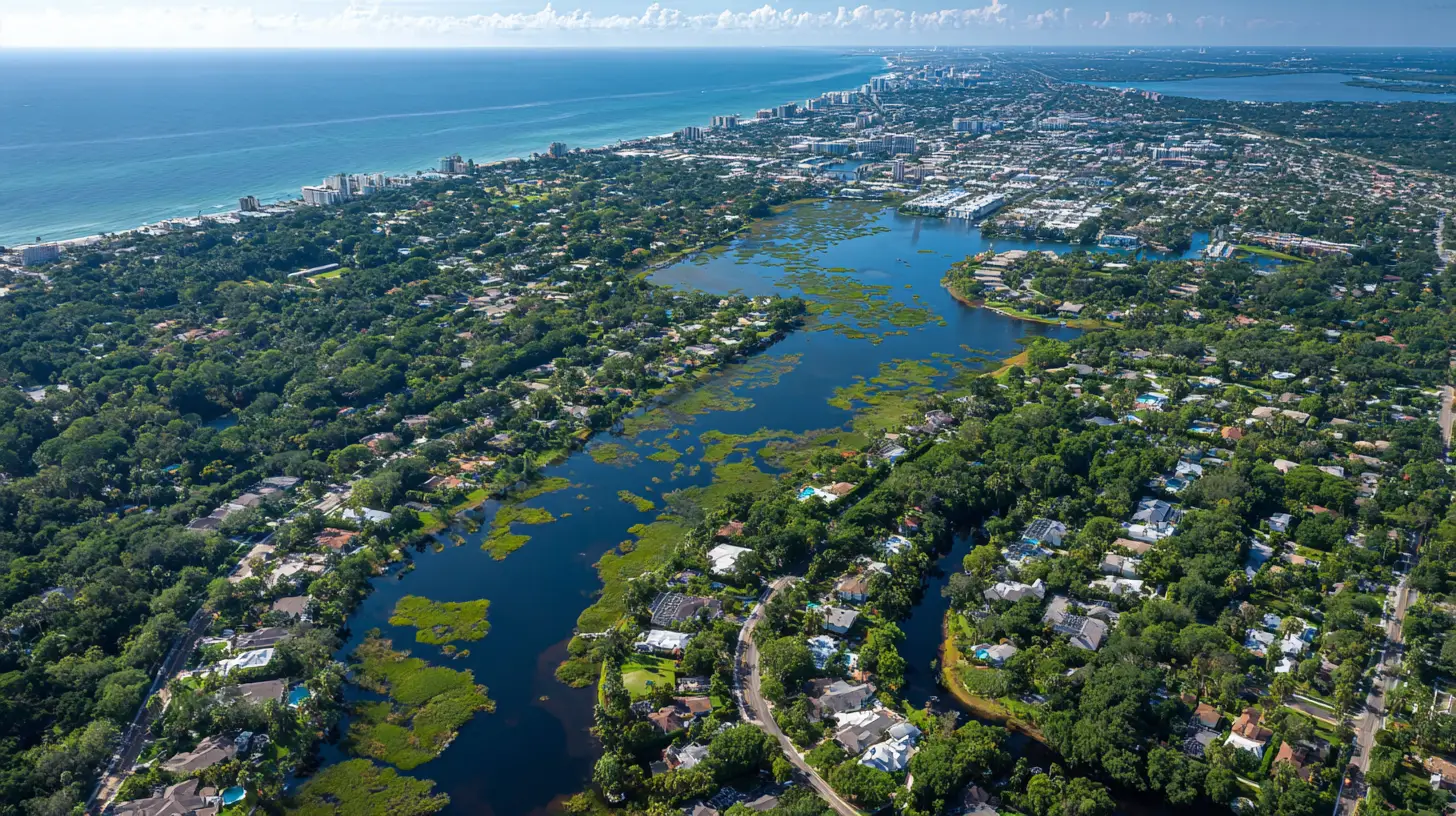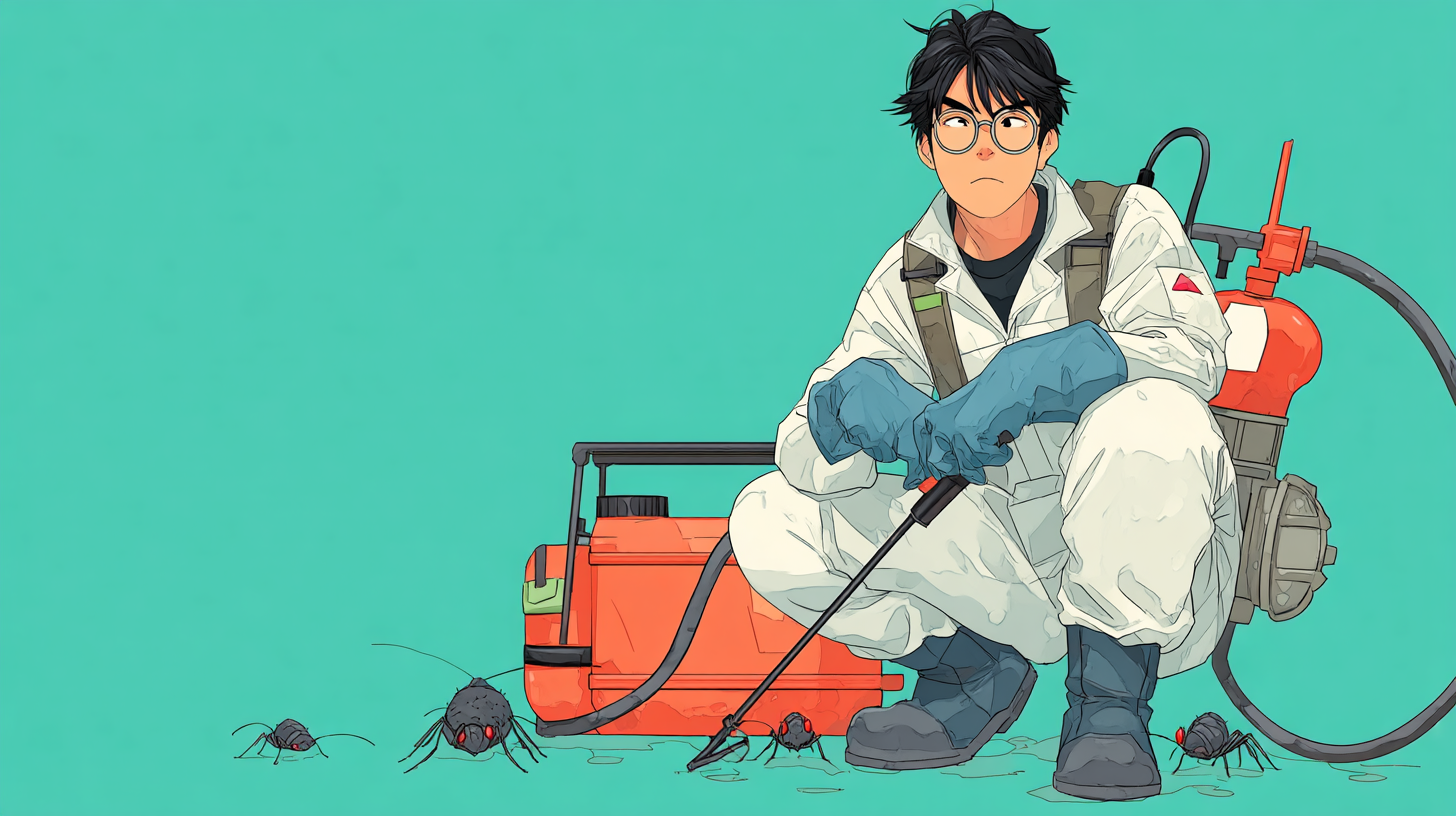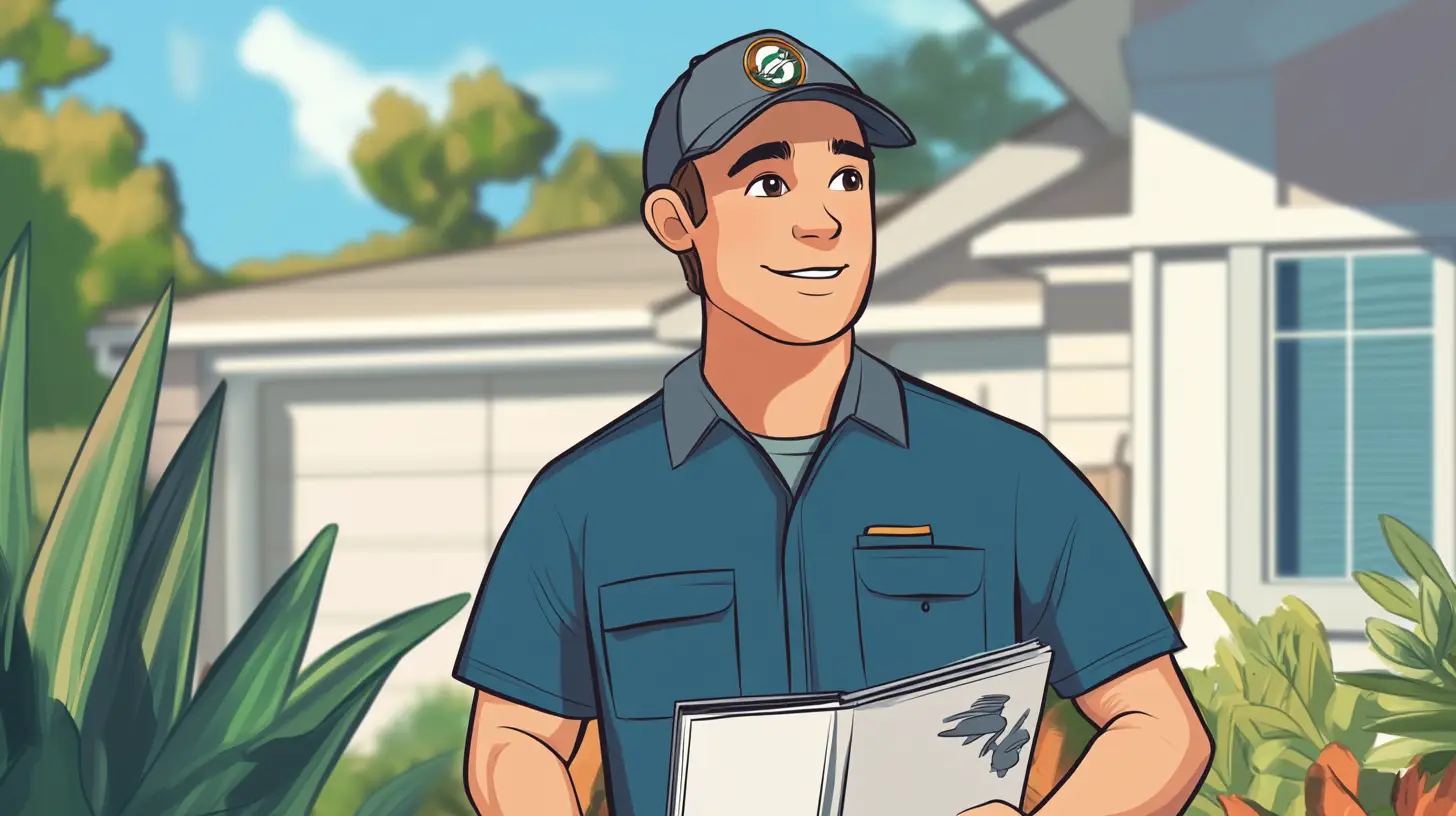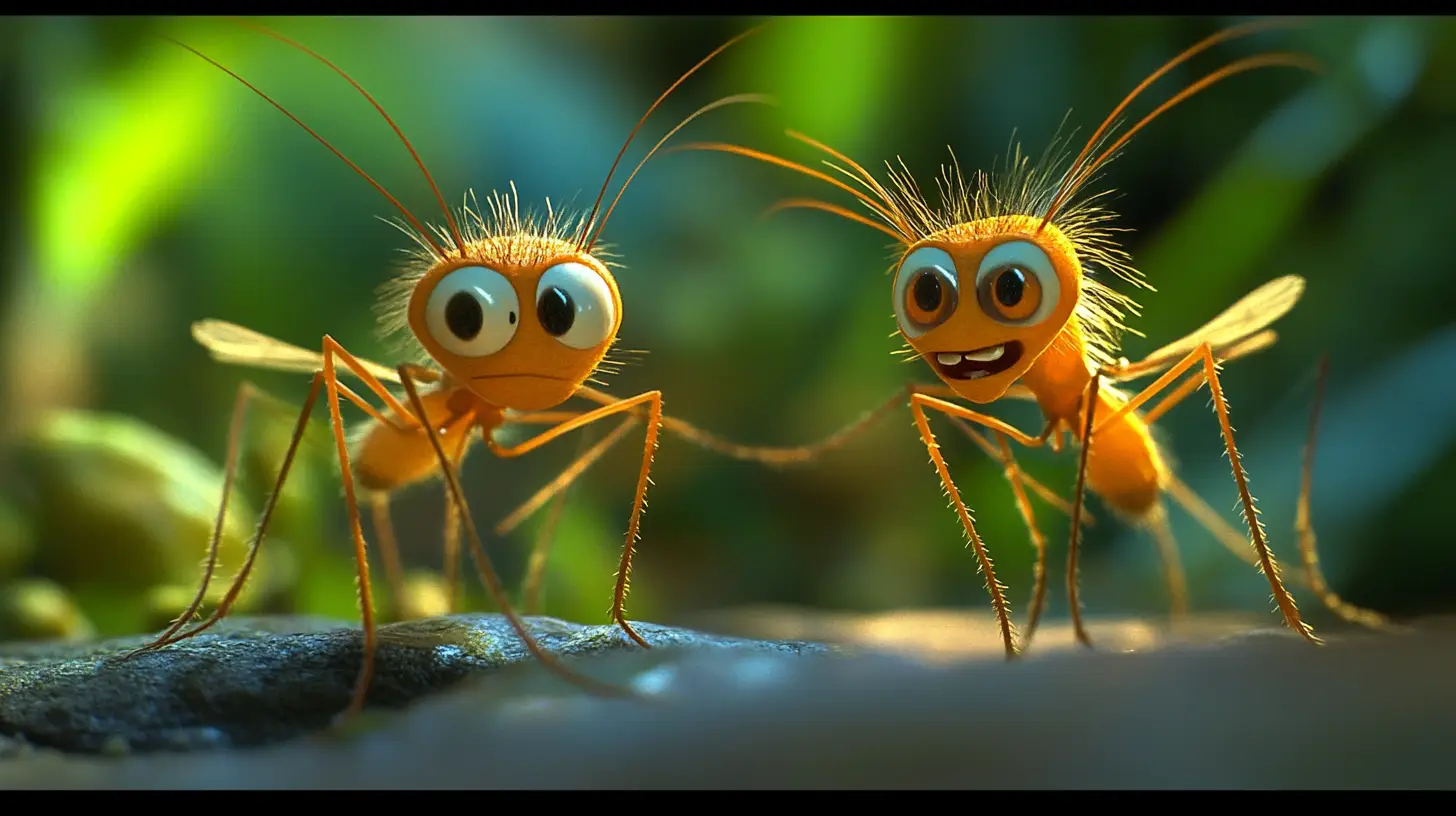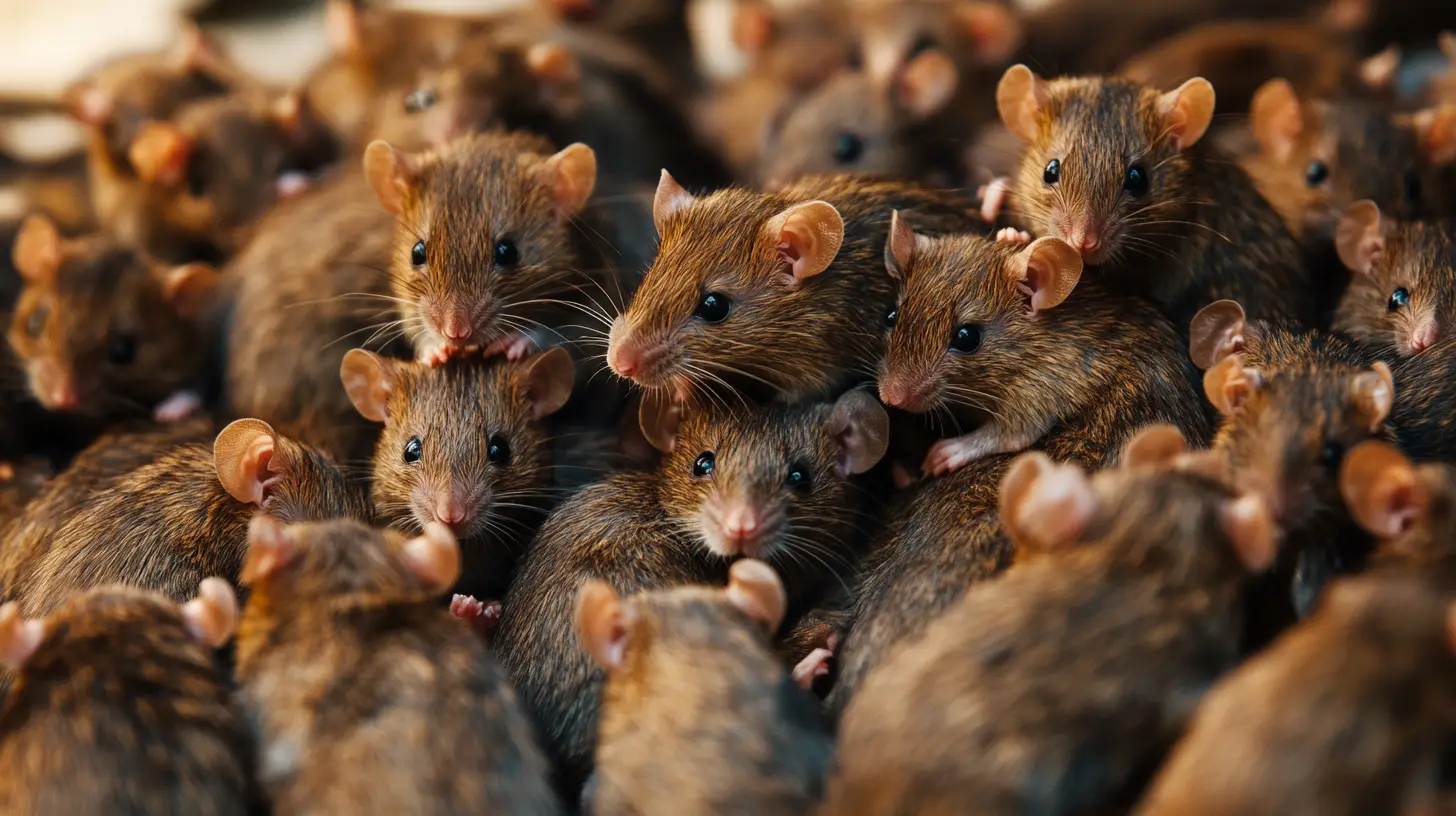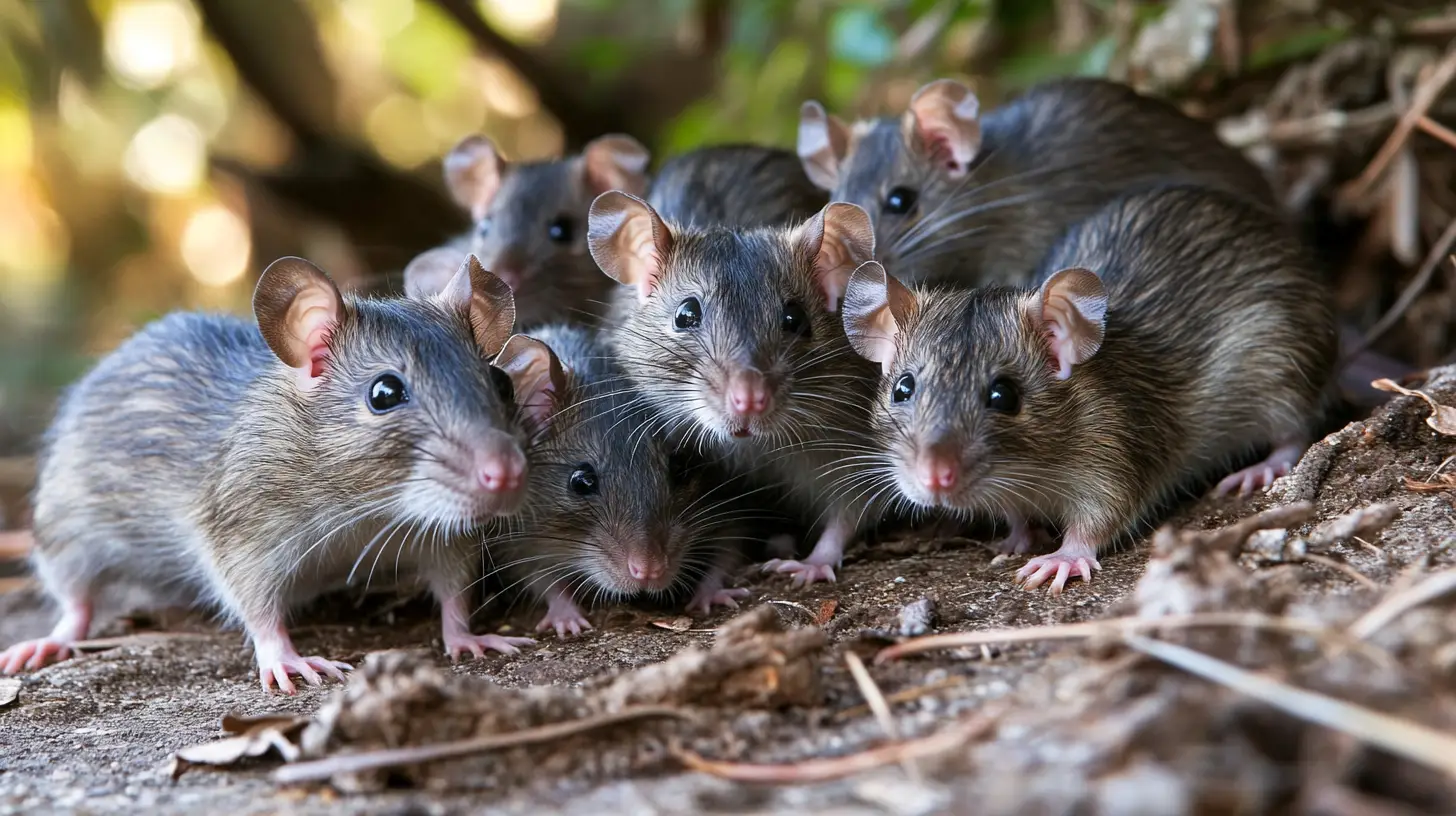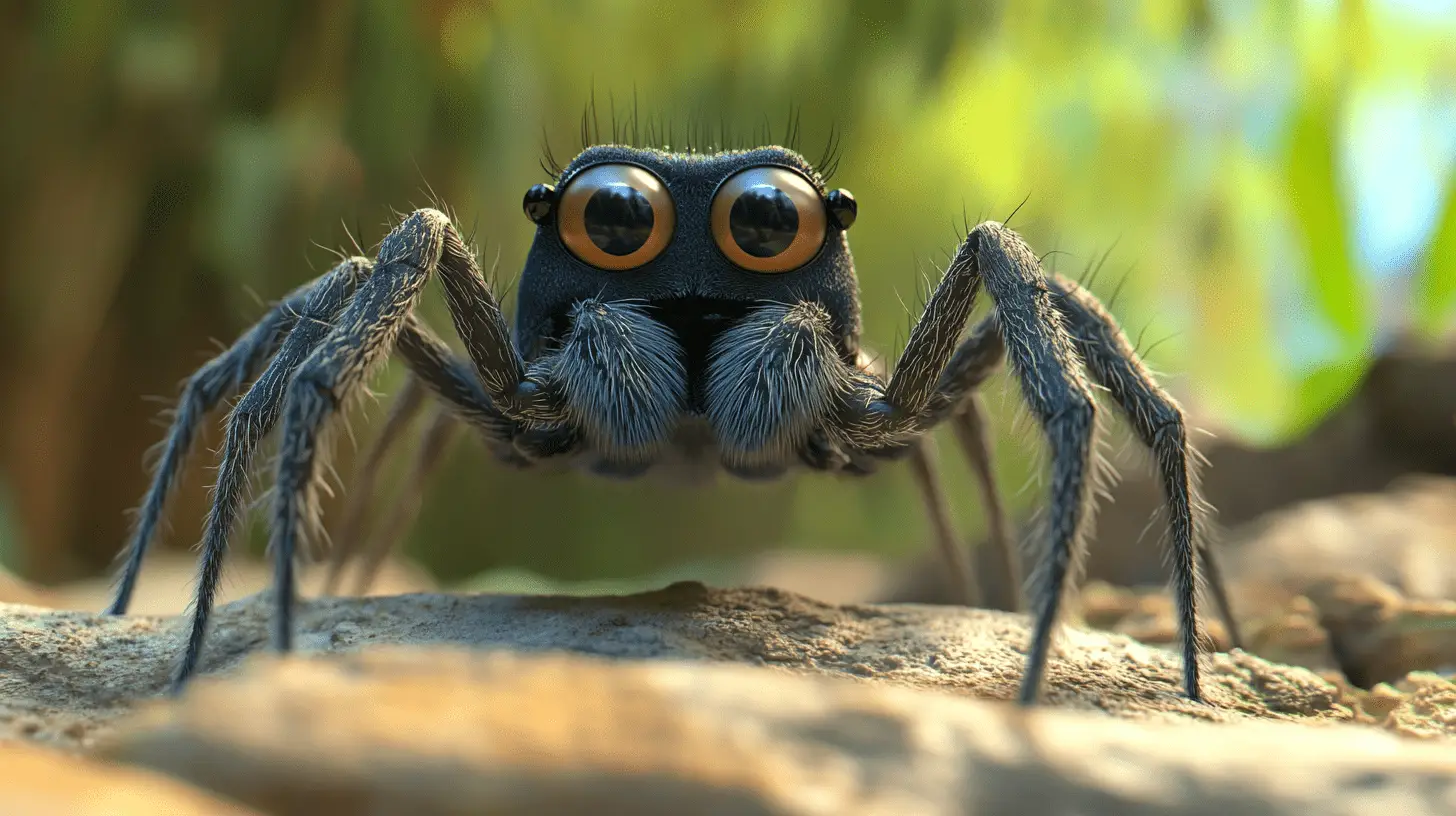
Table of Contents
Pest control in Sarasota typically cost between $250-$700 annually for regular maintenance plans, with prices varying based on property size, pest types, and treatment frequency—reflecting the unique challenges created by our Gulf Coast climate and diverse ecosystem. For Sarasota homeowners, understanding these costs and services helps make informed decisions about protecting your home from our region’s persistent pest pressures. Let’s explore what you should know about pest control in Sarasota, from pricing and effectiveness to insurance coverage and DIY options.
Key Takeaways
- Sarasota’s subtropical climate creates year-round pest pressure without seasonal die-offs, making consistent pest management particularly important compared to northern regions.
- Professional pest control typically costs $360-$520 annually for quarterly service in Sarasota, with monthly services running $600-$1,200 for properties in high-pressure areas like waterfront locations or homes near preserves.
- Subterranean termites, German cockroaches, bed bugs, and ghost ants rank among the most challenging pests to eliminate in Sarasota due to our climate conditions and their biological adaptations.
- Homeowners insurance generally excludes pest control and pest-related damage, making preventative professional services particularly valuable for protecting Sarasota’s high-value real estate.
- DIY pest control costs $300-$600 annually for consistent protection but faces significant challenges in Sarasota’s high-rainfall, high-humidity environment that reduces treatment effectiveness.
- Local expertise matters significantly when selecting pest control providers due to Sarasota’s diverse microclimates from coastal areas to inland communities, each with unique pest pressures.
- Property location within Sarasota significantly impacts pest pressure, with barrier islands, waterfront properties, and homes near preserves facing different challenges than inland developments.
How Much is Pest Control on Average in Sarasota?
The cost of pest control in Sarasota varies based on several factors specific to our area:
- Initial treatments typically range from $150-$300 for average-sized Sarasota homes (under 2,500 sq ft), with larger properties in areas like Longboat Key or Siesta Key potentially costing $300-$600 for initial service.
- Quarterly service plans, popular among Sarasota homeowners, generally cost $90-$130 per visit or $360-$520 annually, providing comprehensive protection against our year-round pest activity.
- Monthly service ranges from $50-$100 per visit ($600-$1,200 annually), recommended for properties near Sarasota Bay, along Phillippi Creek, or backing to natural preserves where pest pressure remains consistently high.
- Bi-monthly service averages $120-$180 per visit ($720-$1,080 annually), offering a middle ground that works well for many established Sarasota neighborhoods.
- One-time treatments for specific pest issues average $200-$500 depending on the target pest and treatment scope.
Several factors influence pricing specific to Sarasota properties:
- Geographic location within Sarasota significantly impacts pricing—homes on barrier islands like Siesta Key face different pest pressures than mainland neighborhoods like The Meadows or Lakewood Ranch.
- Property features including tropical landscaping, pools, and irrigation systems create microclimates attractive to specific pests, potentially requiring more comprehensive treatment.
- Seasonal visitor patterns affect service schedules, with many part-time residents opting for different service frequencies during northern and southern stays.
- Home age and construction matter greatly—older homes in West of Trail neighborhoods often have different vulnerabilities than newer construction in Palmer Ranch or Lakewood Ranch.
Many Sarasota pest control companies offer tiered service plans with varying coverage levels. Basic plans typically include protection against common pests like ants, roaches, and spiders, while premium services add coverage for termites, rodents, and specialized treatments for Sarasota’s persistent mosquito populations.
What is the Hardest Household Pest to Get Rid of in Sarasota?
Several pests present significant challenges for Sarasota homeowners, with certain species particularly difficult to eliminate due to our subtropical climate:
Subterranean termites, including aggressive Formosan colonies, rank among Sarasota’s most persistent pests. Our sandy soils, high humidity, and year-round warm temperatures create perfect conditions for these destructive insects, which:
- Build massive colonies containing millions of individuals
- Can consume several pounds of wood monthly
- Move readily through Sarasota’s sandy soil between properties
- Remain active year-round unlike northern regions
- Often require professional monitoring even after initial treatment
Eastern subterranean termites are native to our area, while Formosan termites—increasingly common throughout Sarasota County—create larger colonies and cause more extensive damage in shorter timeframes. Beachfront properties on Siesta Key, Longboat Key, and Lido Key face particularly high pressure from these pests.
German cockroaches present significant elimination challenges in Sarasota homes due to their:
- Incredible reproductive capacity (one female can produce 30,000 offspring annually)
- Small size allowing access to countless hiding spots
- Ability to develop resistance to pesticides commonly used in our area
- Adaptation to our humidity and temperature conditions
- Survival on minimal food resources abundant in our environment
These persistent pests particularly plague multi-family housing, condominiums along Tamiami Trail, and older homes in Sarasota’s historic neighborhoods where small cracks and crevices provide abundant harborage.
Bed bugs have become increasingly problematic throughout Sarasota due to our robust tourism industry. These challenging pests:
- Hide expertly in furniture, baseboards, and personal belongings
- Can survive many typical treatment methods
- Spread easily through vacation rentals, hotels, and multi-family housing
- Require comprehensive approaches beyond simple pesticide application
- Often necessitate multiple treatments for complete elimination
Downtown Sarasota, St. Armands Circle, and areas with frequent short-term rentals experience higher incidence rates of these difficult pests.
Ghost ants cause persistent problems specifically in Sarasota homes due to their:
- Extremely small size allowing entry through tiny cracks
- Ability to establish multiple colonies with numerous queens
- Preference for our high-humidity environment
- Tendency to split colonies when disturbed, potentially worsening infestations
- Resistance to many consumer-available treatment options
These tiny translucent ants frequently plague newer developments like Lakewood Ranch and Palmer Ranch, particularly homes backing to conservation areas.
Professional pest control providers in Sarasota have developed specialized protocols for these challenging invaders, often combining multiple treatment approaches for effective management.
Is it Worth it to Hire Pest Control in Sarasota?
For most Sarasota homeowners, professional pest control delivers significant value compared to DIY approaches for several reasons specific to our region:
Our subtropical climate creates nearly perfect conditions for year-round pest activity, with average temperatures and humidity levels that support continuous breeding cycles without the wintertime die-offs experienced in northern states.
Sarasota’s diverse ecosystems from coastal mangroves to inland preserves harbor extensive pest populations that continuously pressure residential areas. Homes near natural features like Myakka River State Park, Oscar Scherer State Park, or the numerous preserves throughout the county face particularly high invasion risk.
Health protection represents a primary benefit as professional services effectively control:
- Disease-carrying mosquitoes prevalent in our abundant standing water
- Venomous spiders including black widows and brown recluses
- Stinging insects that thrive in our extended warm seasons
- Rodents carrying numerous pathogens
Property protection provides substantial value in Sarasota’s high-value real estate market, preventing:
- Termite damage often exceeding $10,000 in repair costs
- Rodent damage to wiring and insulation
- Moisture-related damage exacerbated by pest activity
- Landscape destruction from various invasive species
Expert local knowledge offers advantages through:
- Familiarity with Sarasota’s microclimate variations from coastal to inland areas
- Understanding of seasonal pest cycles specific to Southwest Florida
- Recognition of emerging threats like invasive species increasingly common in our region
- Awareness of neighborhood-specific pest pressures
Time and convenience benefits allow Sarasota residents to:
- Enjoy outdoor living spaces central to our lifestyle without constant pest concerns
- Maintain treatment schedules despite travel or part-time residency patterns
- Address pest concerns preventatively rather than reactively
- Receive consistent protection without personal involvement in applications
For most Sarasota homes, quarterly service provides optimal protection against our persistent pest pressure, though waterfront properties or homes backing to natural areas may benefit from more frequent treatments.
Which Company is Best for Pest Control in Sarasota?
Selecting the ideal pest control provider in Sarasota requires considering several factors beyond basic pricing:
Local expertise matters significantly in Sarasota’s diverse environmental conditions. Companies with extensive experience in Sarasota County demonstrate greater familiarity with:
- Neighborhood-specific pest pressures from barrier islands to inland communities
- Treatment timing based on local seasonal patterns
- Effective approaches for Sarasota’s predominant building styles and materials
- Solutions for pests specific to our Gulf Coast environment
Service offerings should align with your specific property needs:
- Comprehensive programs covering multiple pest types work best for most Sarasota homes
- Specialized services for termites, bed bugs, or rodents may be necessary based on specific issues
- Green or low-toxicity options increasingly requested by environmentally-conscious Sarasota residents
- Lawn and ornamental pest services valuable for protecting Sarasota’s lush landscaping
Reputation indicators provide insight into reliability:
- Online reviews specifically from Sarasota customers
- Longevity in the Sarasota market (many quality providers have served our community for decades)
- Membership in professional organizations like the Florida Pest Management Association
- Community involvement demonstrating commitment to Sarasota
Business practices that benefit Sarasota homeowners include:
- Free detailed inspections before recommending treatment plans
- Clearly written service agreements without hidden clauses
- Flexible scheduling accommodating seasonal residents
- Guarantees with free re-treatments when necessary
While we don’t endorse specific companies, several well-established providers serve the Sarasota area with strong reputations. Request quotes from multiple companies, comparing not just price but service scope, guarantee terms, technician training, and treatment methods.
For Sarasota’s unique environment, look for companies demonstrating specific experience with our region’s primary challenges, including termites, mosquitoes, and rodents common to our coastal environment.
Does Homeowners Insurance Cover Pest Control in Sarasota?
Understanding insurance coverage for pest-related issues is particularly important for Sarasota homeowners due to our high pest pressure:
Standard homeowners policies typically exclude most pest control services and damage, with very limited exceptions. This exclusion affects Sarasota homeowners significantly given our elevated risk factors for pest damage.
Termite damage generally receives no coverage under standard policies despite representing one of the most significant threats to Sarasota homes. This gap leaves homeowners fully responsible for both treatment costs and potentially extensive repairs.
Sudden and accidental damage sometimes receives limited coverage when directly caused by pests—for example, if rodents chew through wiring causing a fire, the fire damage (but not the pest removal or preventative measures) might be covered.
Water damage resulting from pest activity, such as leaks caused by rats chewing through pipes, may receive coverage for the water damage while excluding the pest control services.
Specialized endorsements or separate policies are available to some Sarasota homeowners through:
- Termite bonds offered by pest control companies (not insurance but providing similar protection)
- Limited pest damage endorsements available from some insurers at additional cost
- Wood-destroying organism coverage sometimes available as policy add-ons
Documentation requirements for any potential claims include:
- Proof the damage occurred during the policy period
- Evidence of proper home maintenance
- Confirmation the damage resulted from covered perils
- Professional assessment of damage extent and cause
Given Sarasota’s elevated pest risks, homeowners should:
- Review policies carefully for specific exclusions
- Consider termite bonds from reputable pest control providers
- Maintain regular professional pest inspections
- Document home maintenance practices
- Photograph and report damage promptly if discovered
For waterfront properties on Siesta Key, Longboat Key, or along Sarasota Bay, additional considerations may apply due to increased moisture exposure and elevated pest pressure in these environments.
How Much Does it Cost to Do Your Own Pest Control in Sarasota?
DIY pest control costs in Sarasota vary significantly based on approach and target pests:
Basic DIY supplies for general pest management typically cost:
- Hand sprayers: $10-$30
- Pump sprayers: $20-$50
- Granular spreaders: $30-$60
- Safety equipment: $20-$50
Treatment products for common Sarasota pests include:
- Liquid perimeter sprays: $20-$50 per bottle (treating 2,000-3,000 sq ft)
- Granular yard treatments: $25-$60 per bag (covering 5,000-10,000 sq ft)
- Gel baits for cockroaches: $8-$15 per syringe
- Ant baits: $8-$20 per package
- Mosquito yard treatments: $25-$75 (single application for average yard)
Specialized equipment for particular problems:
- Termite treatment tools: $100-$300 (though effectiveness is limited)
- Rodent traps and exclusion materials: $50-$200
- Foggers for flying insects: $10-$20 per canister
- Portable mosquito control devices: $30-$300
Annual DIY costs for maintaining consistent protection typically range from $300-$600 for average Sarasota homes when properly implemented, comparable to professional quarterly service.
Several challenges affect DIY efficacy in Sarasota’s environment:
Climate factors impact treatment longevity, with our:
- Frequent rainfall reducing residual effectiveness
- High humidity accelerating product breakdown
- Intense UV exposure degrading many chemicals
- Year-round pest pressure requiring consistent reapplication
Application knowledge significantly affects results:
- Proper product selection for Sarasota’s specific pest species
- Correct application techniques and safety practices
- Understanding of timing based on local pest cycles
- Recognition of harborage areas specific to Florida construction
Treatment limitations for DIY approaches include:
- Restricted access to professional-grade products
- Difficulty treating inaccessible areas
- Limited effectiveness against established infestations
- Challenges addressing community-wide problems common in Sarasota neighborhoods
For many Sarasota homeowners, DIY approaches work best as supplements to occasional professional treatments rather than complete replacements. Consider starting with professional service to address existing issues, then maintaining with DIY methods between visits, particularly for exterior perimeter treatments during our intense summer pest season.
Frequently Asked Questions (FAQs)
What seasonal pest patterns should Sarasota homeowners expect?
Sarasota experiences distinct seasonal pest patterns despite our relatively mild year-round climate. Winter (December-February) brings slight reductions in overall pest activity but increased rodent invasions as cooler temperatures drive mice and rats indoors. Spring (March-May) triggers significant increases in ant activity, particularly carpenter ants and ghost ants, as colonies expand after winter. This period also marks peak termite swarming season, especially for Eastern subterranean termites common throughout Sarasota County. Summer (June-October) introduces our most intense mosquito pressure coinciding with rainy season, while also increasing cockroach activity, particularly American cockroaches (palmetto bugs) seeking shelter from heavy rains. Fall (October-November) brings a secondary surge in rodent activity as they seek winter harborage. Professional pest control services typically adjust treatment protocols seasonally to address these predictable patterns in our Gulf Coast environment.
How does living near Sarasota’s waterways affect pest control needs?
Proximity to Sarasota’s abundant waterways—including Sarasota Bay, Roberts Bay, Phillippi Creek, and numerous canals—significantly impacts pest management requirements. Waterfront properties typically experience higher pressure from moisture-loving pests, particularly mosquitoes breeding in standing water and American cockroaches thriving in damp environments. Homes along mangrove areas face unique challenges from mangrove crabs that occasionally invade properties, while canal-front properties often report increased rodent activity using seawalls as travel routes between properties. Salt marsh mosquitoes can travel several miles inland from coastal breeding areas, affecting neighborhoods well beyond immediate waterfront. Professional pest control for these properties typically involves more frequent perimeter treatments, specialized attention to moisture management, and targeted mosquito control measures. Many waterfront homeowners in areas like Siesta Key, Bird Key, and Harbor Acres opt for monthly rather than quarterly service to maintain effective protection against these elevated pressures.
Are “green” pest control options effective in Sarasota’s climate?
Eco-friendly pest control approaches have improved significantly and can be effective in Sarasota when properly implemented and maintained. These services typically combine botanical-based products, targeted application methods, physical barriers, and habitat modification adapted to our unique Gulf Coast environment. While traditional treatments might provide longer residual protection in Sarasota’s high-humidity, high-rainfall conditions, green options offer good results when applied on a more frequent schedule (often monthly instead of quarterly). Many Sarasota companies now offer tiered service options allowing homeowners to choose their preferred balance between traditional and eco-friendly methods. These approaches prove particularly valuable for waterfront properties where runoff concerns exist, homes with edible gardens increasingly popular throughout Sarasota communities, and properties housing residents with chemical sensitivities or health concerns. Expect eco-friendly services to cost approximately 15-25% more than conventional treatments due to product costs and application frequency requirements in our challenging climate.
How do Sarasota’s building practices affect pest control challenges?
Sarasota’s diverse architectural styles and construction methods create unique pest control challenges requiring specialized approaches. Older homes in historic neighborhoods like Laurel Park and Indian Beach/Sapphire Shores often feature pier-and-beam construction with crawlspaces providing excellent harborage for rodents and access points for subterranean termites. Mid-century homes common in neighborhoods like Kensington Park and Gulf Gate typically use concrete block construction but may have original wooden windows and doors creating vulnerability points. Contemporary concrete slab construction prevalent in newer developments like Palmer Ranch and Lakewood Ranch eliminates crawlspaces but introduces plumbing and electrical penetrations frequently exploited by pests. Sarasota’s signature indoor/outdoor living designs with numerous doors, windows, and transitional spaces create additional pest entry opportunities compared to northern building styles. Professional pest control providers familiar with these architectural variations can identify vulnerability points others might miss, explaining why companies with extensive Sarasota experience often deliver superior results compared to those using standardized treatment protocols.
How should seasonal residents handle pest control for their Sarasota properties?
Sarasota’s significant seasonal population presents unique pest management challenges for part-time residents. Empty homes actually face increased pest vulnerability rather than reduced risk, as minor issues can develop into major infestations without regular human activity to detect early warning signs. Most pest control professionals recommend maintaining regular service even during absence periods, though potentially at reduced frequency depending on property-specific factors. Many companies offer “seasonal resident programs” with adjusted scheduling, home checks during service visits, and alert systems for detected problems. Interior treatments before departure help prevent establishment of indoor pests during vacancy. Some management strategies include maintaining air conditioning at moderate levels (78-80°F) rather than complete shutdown, as extreme heat and humidity encourage pest activity, particularly mold-feeding insects. Regular property checks by friends, neighbors, or property management services complement professional pest control by identifying leaks or other conditions that might attract pests. Many seasonal residents from communities like The Meadows, Village Green, and various downtown condominiums coordinate their pest control schedules with neighbors to create building-wide protection reducing individual unit vulnerability.


